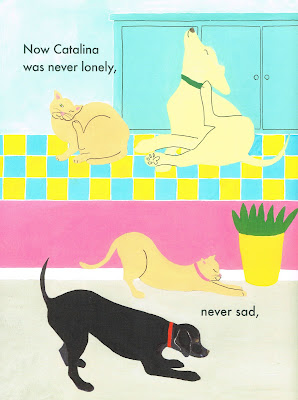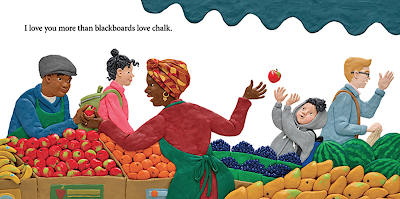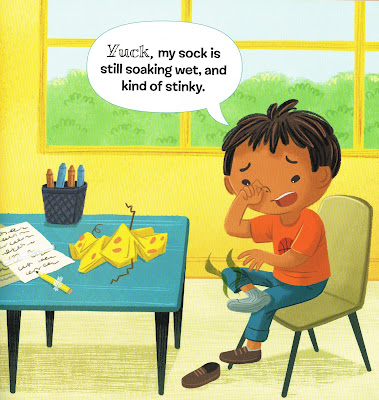Written by
Bev Katz RosenbaumDCB
978-1-77086-632-4
211 pp.
Ages 13+
September 2021
It doesn't take long for me to start feeling a constant pit of dread in my stomach. The future... (pg. 108)
Seventeen-year-old Kelsey Kendler has every right to be anxious about her life. If the recent past is any indication, things are not heading in the right direction. And the COVID-19 pandemic hasn't even hit yet. There will be lots more to set her off kilter and how she manages is only partly up to her. Parents, friends, school, work and social media will all have a hand in taking her down or bringing her up.
Kelsey and her parents Hannah and Mark have just moved from fashionable and wealthy Rosedale to transitional Parkdale because of Kelsey's celebrity comedian mom's fall from grace. Perennially stoned, drunk or abusing her pain meds, Hannah Kendler, a former participant on "Those Crazy Comics" TV show, is now unemployable and a raging, confused mess. Sadly, Kelsey's dad is less than helpful, either arguing with his wife or avoiding the household altogether. Not surprisingly, Kelsey vows to make some meaningful connections outside of their rat-infested house. There's Molly, a classmate whose perfect family doesn't prepare her for meeting the out-of-control Hannah, and crush Luca, which whom Kelsey begins a textlashionship. But, best of all, Kelsey gets a part-time job at an ice-cream place called Soft Spot. There she meets Chelsea, Veer, Quinn, Ruby, and Lee in addition to Kira, the owner's stoned niece and ineffective manager. Except for the rats in the house, her sleep paralysis that turns her nights into terrors, her warring and oblivious parents, and missing her only friend from before, Makayla, now in LA, things are stable. Then the pandemic hits.
They'd all been hearing about the virus. Makayla's mom, an actress, gets sick, as do others on her film set, and Kelsey worries that her mom's coughing could be it too. But when school is cancelled after spring break and then returns in some mishmash of independent learning and then virtual lessons, and Soft Spot is closed, and she's stuck at home with her worthless parents, Kelsey is left untethered. She may be saying she's fine but dealing with a tenuous support system and mental health during the trauma of a pandemic with lockdowns is just a lie.
We all know how difficult living through this pandemic has been but it's more than just difficult for some. For a teen, when life is in flux as they transition from dependence to independence, it's even more challenging. And for someone like Kelsey, whose home life is painful, she has no respite from the stress. Couple that with sleep paralysis that pervades her nights, this girl has trauma upon trauma with which to deal. I'm surprised she's as sane as she is. Maybe that's the hope that Bev Katz Rosenbaum has written into her story, reassuring her readers that as crappy as things are, there are glimmers of normalcy and even brightness that can help pull you through and out. Whether it's a socially-distanced get-together, texting with a new friend, connecting with a psychologist or being honest about what you're going through, there is hope even while "learning to accept uncertainty" (pg. 182). I'm Good and Other Lies is a powerfully authentic account of a teen living with a multitude of challenges, both before and during the COVID-19 pandemic. Sometimes Kelsey accepts the challenge and puts it down and sometimes she buckles, but it is always real and enlightening. With I'm Good and Other Lies, Bev Katz Rosenbaum has told us a story of not being fine but finding a way to make it so.
• • • • • • •
If you would like to hear author Bev Katz Rosenbaum talk about I'm Good and Other Lies, register for Future Shock (and Future Hope), a webinar with authors Wesley King and Eric Walters.
Date: Wednesday, December 8, 2021
Time: 11 AM-12 PM, 1-2 PM
Registration costs: School ($150), Class ($65), Home ($10)
































